Earlier today, I started to report back in my full-time work in the National Capital region, and a part of the new normal routine is to ride the MRT-3 with added regulations in tow. Here’s a quick overview of what I have experienced.
I rode at the MRT-North Avenue Southbound station at around 6:40 am, to which I saw two law enforcement personnel in military fatigues, a long queue of airconditioned buses, and a crew from GMA-7 sitting at the rightmost line, probably waiting for their cue on camera. I went up the stairs since I have to alight at Shaw Boulevard, which is not part of the stops provided by the DOTr for the augmented buses.
Here’s a tip: You’ll be get a lot faster to Ayala and Taft if you get on the Augmented bus instead.

As I went onto the bridge, more security guards and law enforcement personnel were visible. They were strictly instructing all passengers to follow the markings on the floor, all the way to inspection booths and entry turnstile queue. A guard sprayed alcohol onto our hands rather than the other way around, and you’re required to open and close your belongings in front of the bag inspector.
We sat on non-covered seats and specially-marked aisle areas as we enter the train. Guards are more visible this time around. At the train car, there’s one lady guard who informs the passengers on the next station, as well as reminds those who do not follow the policies inside the train. Entrances and exits in other stations are heavily guarded with ropes and specific spaces for each.

The Department of Transportation has allocated 300 buses for its augmentation program. Yes, I’ve personally seen them all lined up, but the problem is the actual foot traffic compared to the pre-ECQ period. Without any means for people to actually get to the MRT-3 stations, those buses are left there for longer periods of time rather than being dispatched quickly with the recommended number of passengers after social distancing guidelines. Surprisingly the train followed the schedule as it left without even filling up much than before. Lastly, the three Dalian trains are finally used as additional services even if the train line overhaul is still underway. Doesn’t that speak a lot about how effective those actually are when used?
The idea of still lining up for reloading the beep cards is also an obvious flaw. The government should have used the ECQ as preparation time to partner with more payment channels to accelerate contactless money transfers to beep cards without needing to visit a ticket booth or self-help kiosk. There are available options now, but these are still few and a lot of these people do not even know they exist.
Overall, I consider this a step toward a better MRT. We’re seeing here that proper enforcement and visual design does wonder to the overall passenger experience, but this may be just temporary. Once June 22 ticks in, I’ll expect more people to line up in the stations. May the DOTr realize that the main clientele of the are, unsurprisingly, those that cannot afford the other transportation means they allowed today.
Discover more from WalasTech
Subscribe to get the latest posts sent to your email.
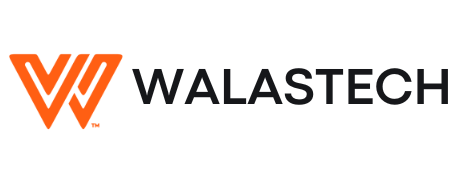

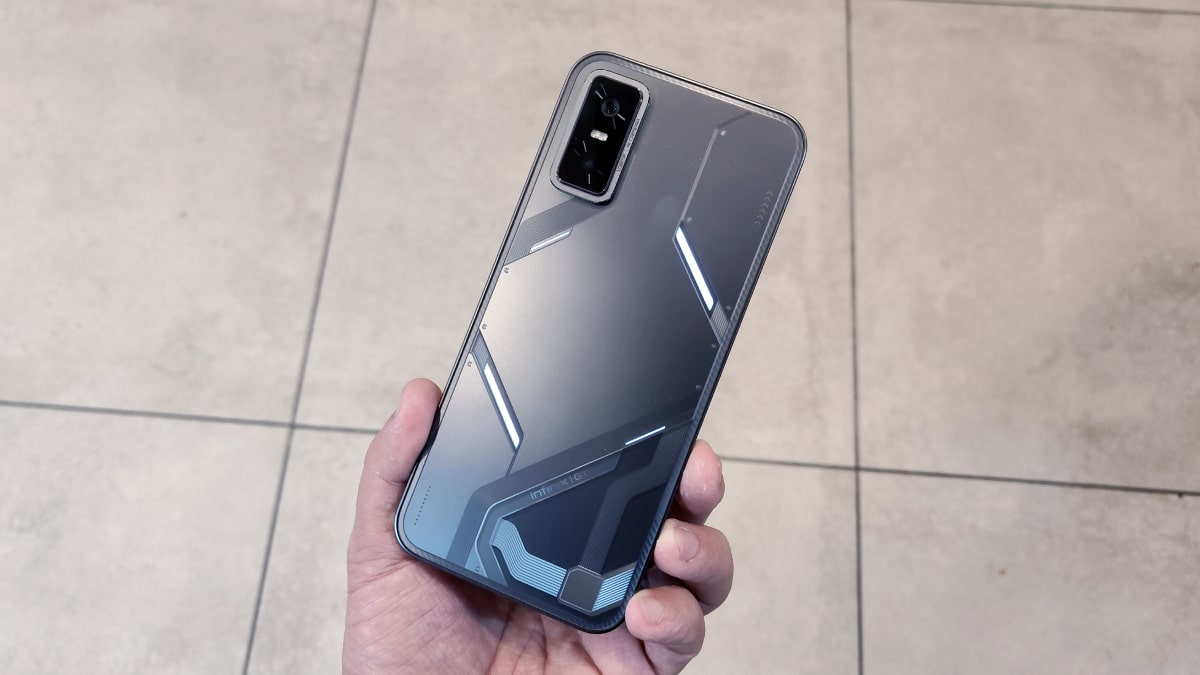


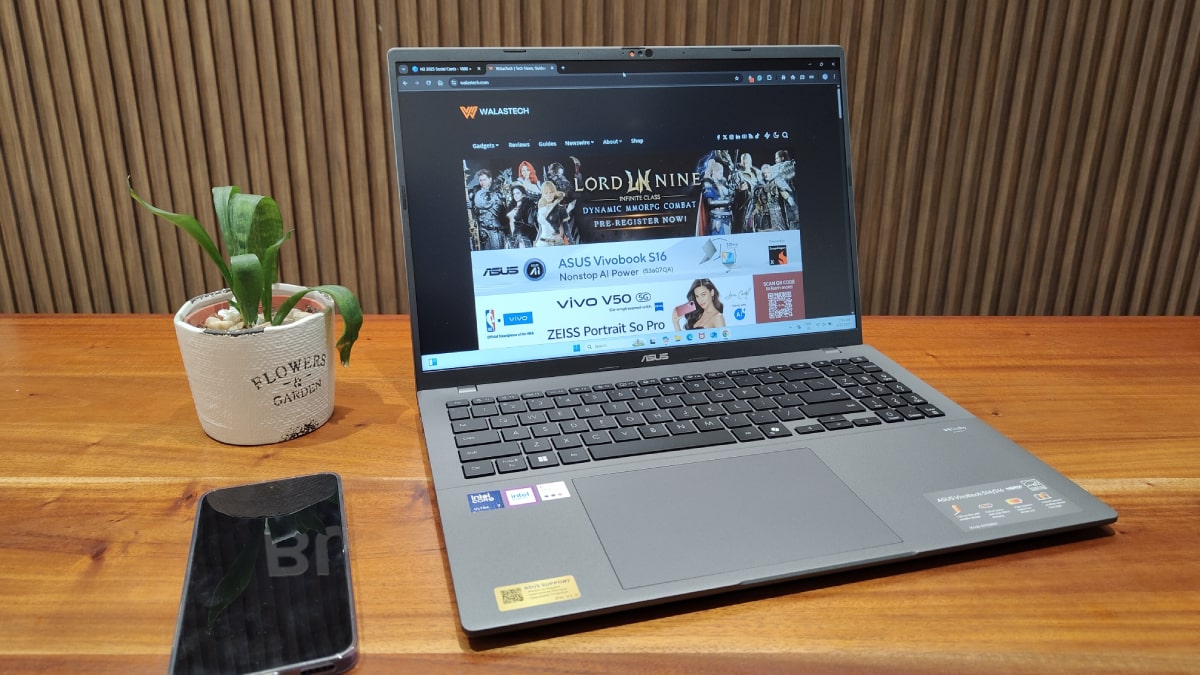
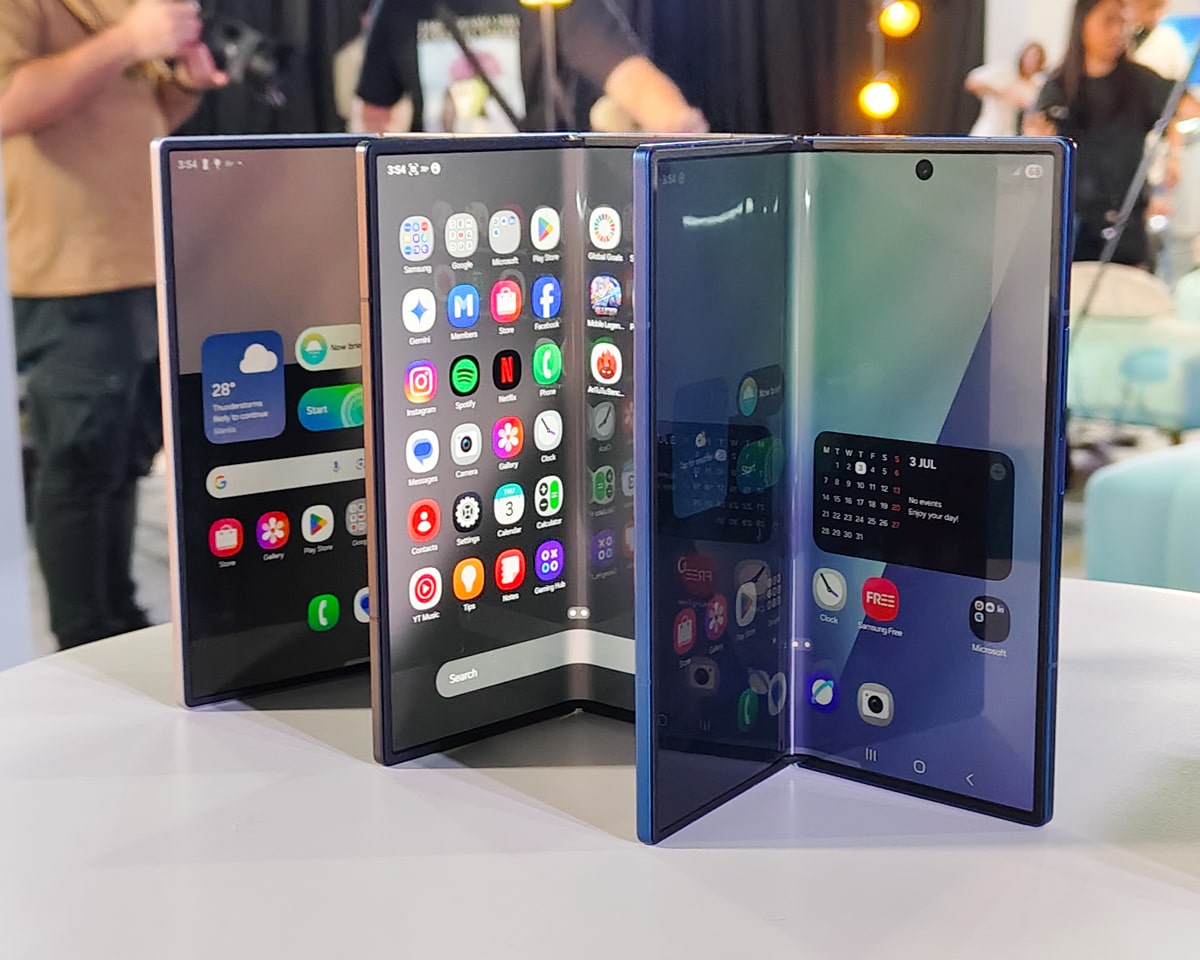
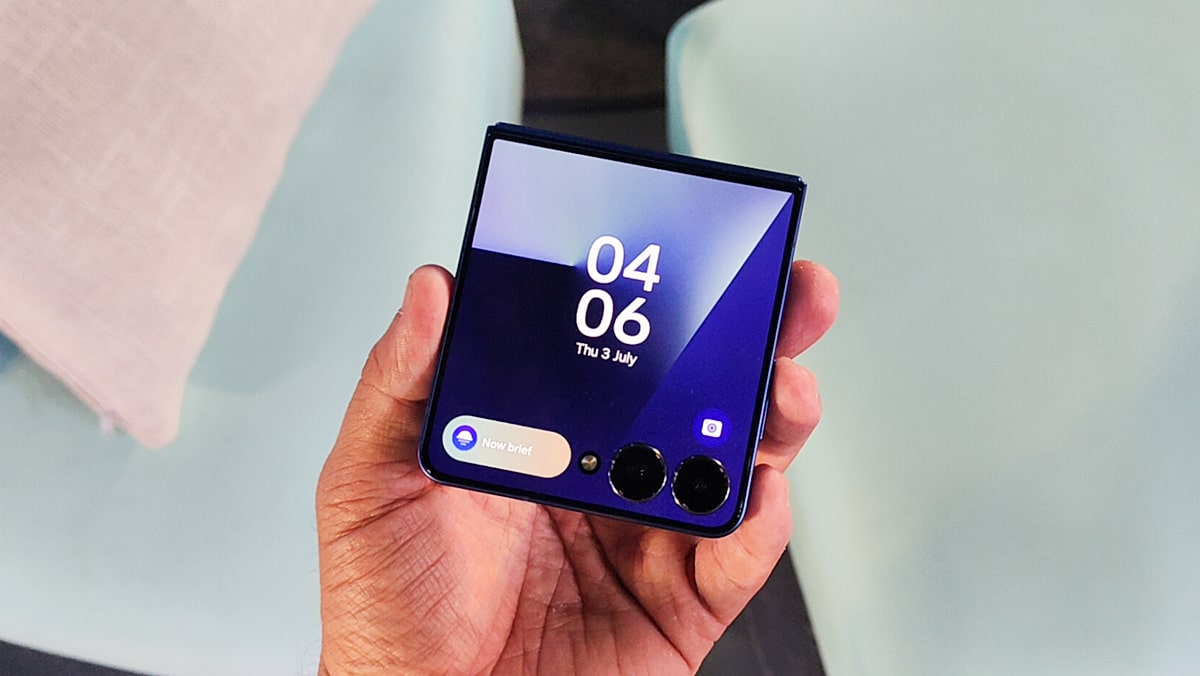
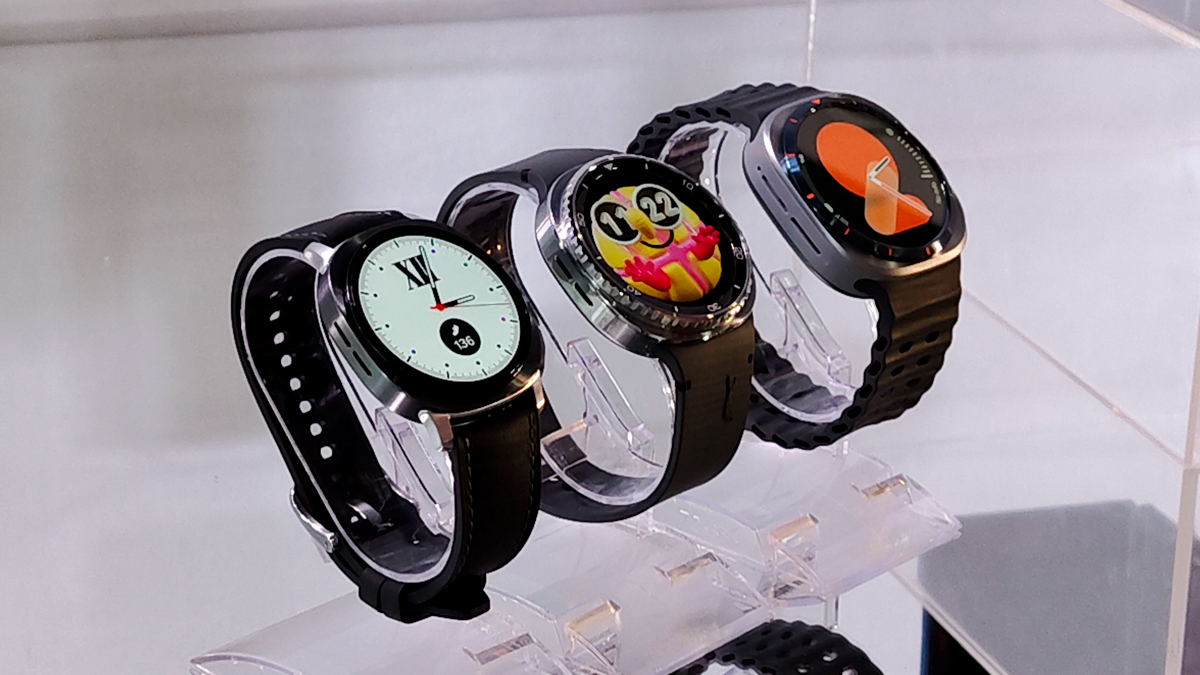
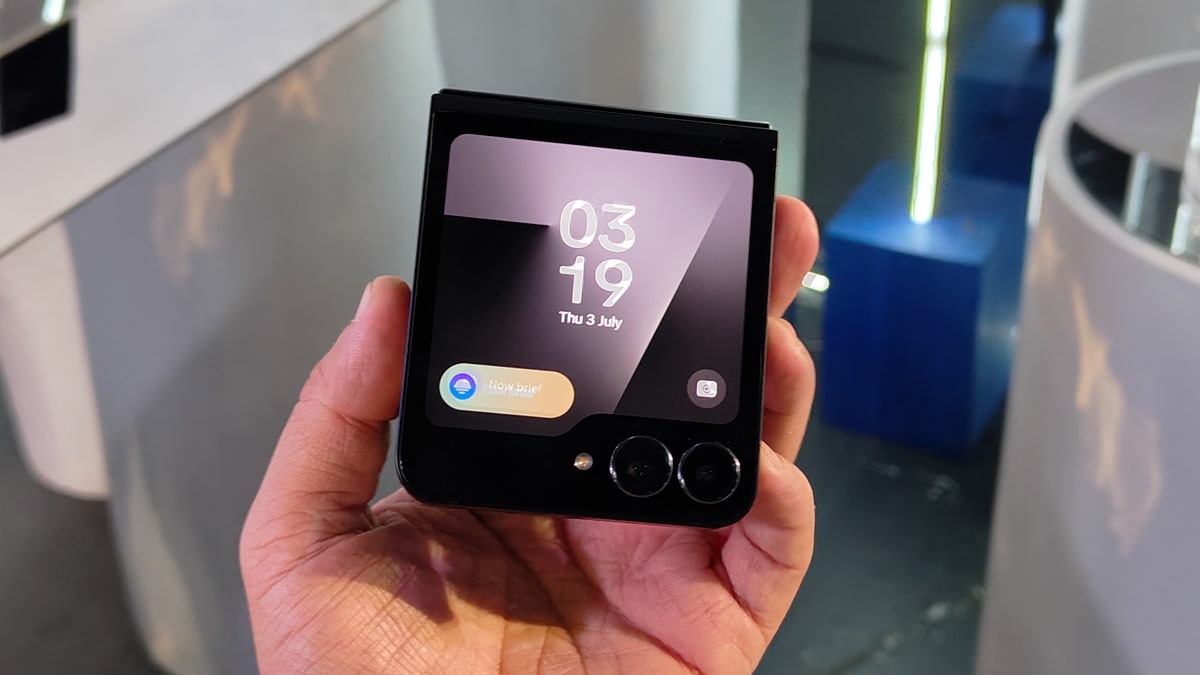














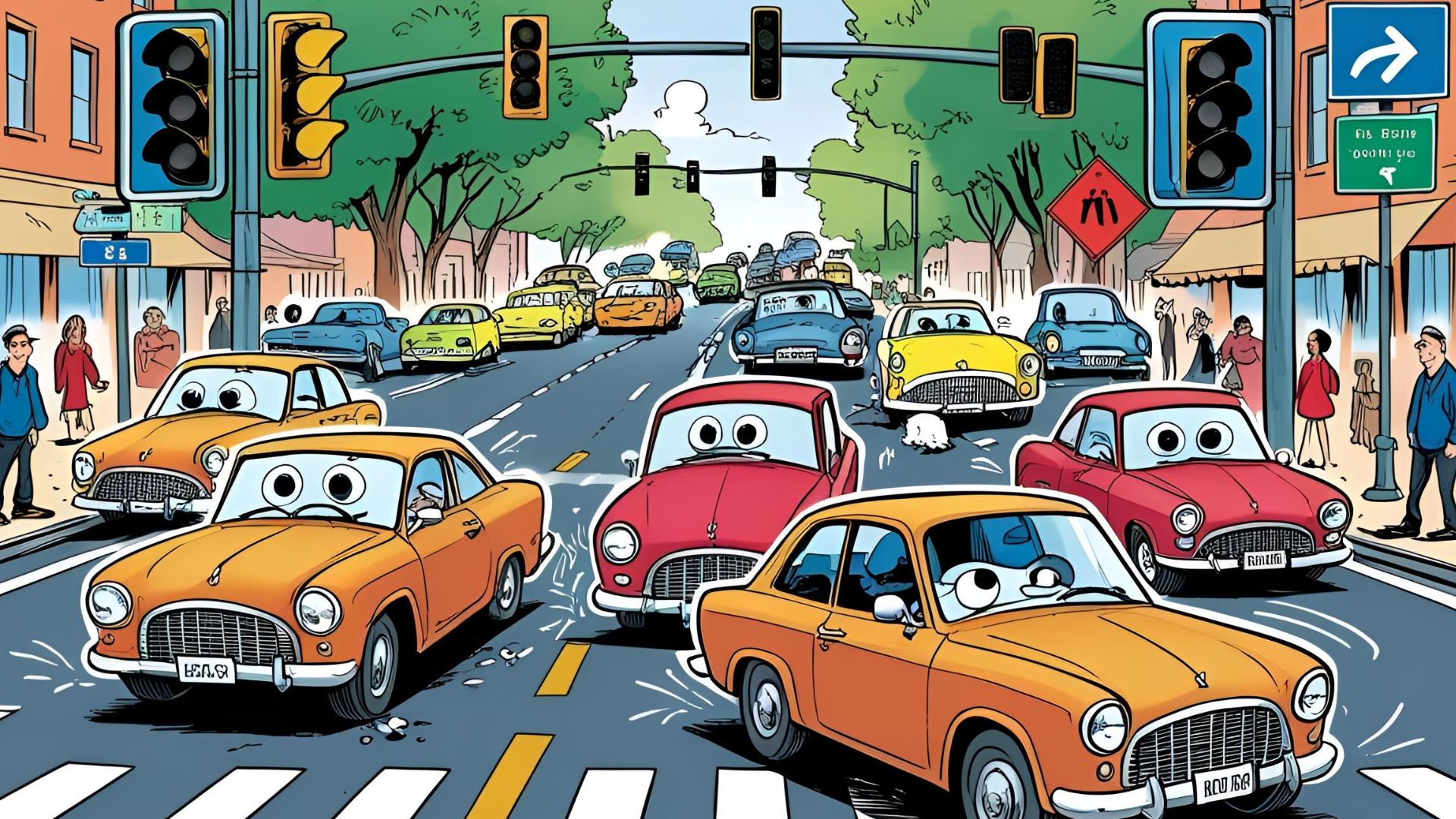

1 Comment